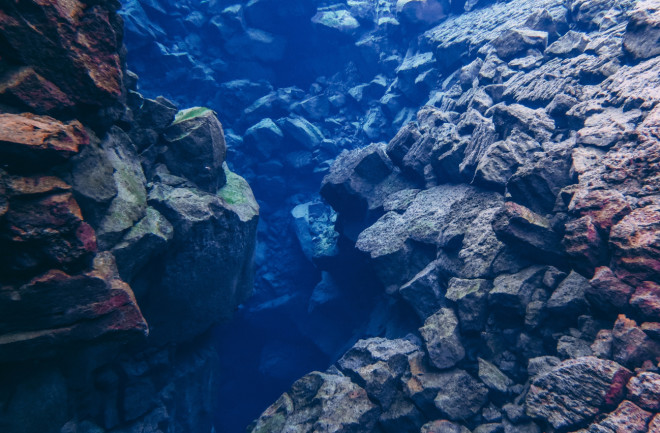At mid-ocean ridges, bubbling magma escapes through rifts in the sea floor to form new crust. Below, partially melted, taffy-like mantle rock spreads in opposite directions — stretching the new crust until it forms an extensive valley system surrounded by ridges of hills and mountains.
These abyssal seascapes, not unlike landscapes found above sea level, are the last places that pieces of continents would be expected to turn up. Yet in a recent study published in Science Advances, researchers have discovered that it is indeed possible: Newly dated rocks from the Southwest Indian Ridge, located between Africa and Antarctica, are not only remnants of a continent; they are also old enough to support the hypothesis that much of Earth’s continents formed early on and became “lost” or hidden deep below Earth’s ocean crust.







